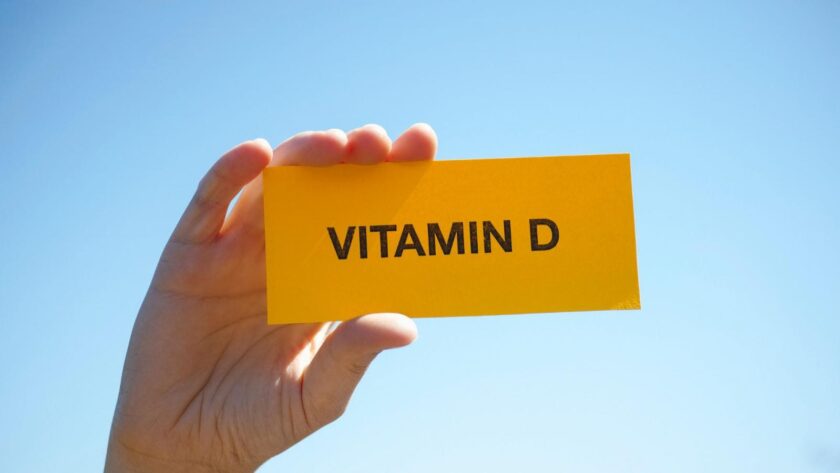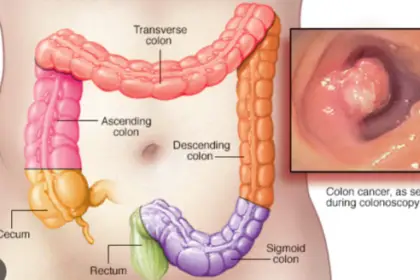Vitamin D levels can vary depending on a number of factors, including diet, sun exposure, and skin pigmentation. In general, vitamin D levels tend to be lower in the winter months due to the reduced amount of sunlight.
During the winter, the angle of the sun is lower in the sky, and the atmosphere absorbs more of the sun’s ultraviolet (UV) rays. As a result, less UV radiation reaches the Earth’s surface, which means that the skin produces less vitamin D.
In addition, people tend to spend more time indoors during the winter and are less likely to get sun exposure. This can further contribute to lower vitamin D levels.
On the other hand, vitamin D levels tend to be higher in the summer months due to the increased amount of sunlight. The longer days and higher angle of the sun allow for greater UV radiation to reach the Earth’s surface, which in turn leads to increased production of vitamin D in the skin. Most of the vitamin D that our body absorbs is from sunlight being exposed to our skin.
There are many important health benefits of Vitamin D which include but are not limited to:
- Supporting bone health: Vitamin D3 helps the body absorb calcium, which is necessary for the development and maintenance of strong bones.
- Boosting immune function: Vitamin D3 helps to regulate the immune system and may help to reduce the risk of respiratory infections.
- Improving muscle function: Vitamin D3 helps to maintain muscle strength and function, which is important for maintaining mobility and independence as we age.
- Regulating blood pressure: Some studies have suggested that vitamin D3 may help to regulate blood pressure and reduce the risk of hypertension.
- Reducing inflammation: Vitamin D3 has anti-inflammatory properties and may help to reduce inflammation in the body.
- Reducing the risk of certain cancers: Some studies have suggested that vitamin D3 may help to reduce the risk of certain types of cancer, including breast, colon, and prostate cancer.
- Improving mental health: Vitamin D3 may have a positive effect on mental health and may help to reduce the risk of depression and anxiety.
As you can see there are many reasons to fortify your vitamin d3 levels. In doing so you’ll have reduced inflammation, reduced cancer risk, stronger bones, a healthier brain, improved blood pressure and muscle health. All of which are very important! It is important to note however that vitamin D3 needs vitamin k2 in order to absorb properly. If your body is deficient in vitamin k2 your body will not absorb vitamin d3 as efficiently or effectively. This is why both are necessary for optimal absorption.
Vitamin D3 Needs K2 To Absorb Properly
Vitamin K2 plays a role in the absorption and metabolism of vitamin D. Vitamin D helps the body absorb calcium, while vitamin K2 directs the calcium to the bones, where it is needed, and away from the soft tissues and arteries, where it can cause problems.
Vitamin D increases the production of a protein called osteocalcin, which is responsible for binding calcium to the bones. However, osteocalcin must be activated by vitamin K2 in order for it to function properly. Without enough vitamin K2, osteocalcin remains inactive and the calcium is not properly incorporated into the bones.
In addition, vitamin K2 helps to maintain the proper balance of calcium in the body by regulating the activity of certain proteins that transport calcium in and out of the bones. By promoting the proper utilization of calcium, vitamin K2 supports the health of the bones and helps to prevent conditions such as osteoporosis.
So, to sum it up, vitamin K2 helps to support the proper absorption and utilization of vitamin D in the body, which is important for maintaining strong, healthy bones.
This is why I personally appreciate Vitamin D3+K2 from Surthrival. It includes both vitamins necessary for vitamin D absorption as well as some shilajit (which contains fulvic and humic acid) to help these nutrients absorb. Click here to get the best Vitamin D3+K2 supplement online.
The Ultimate Source Of Vitamin D is Sunshine
The amount of vitamin D that is produced in the skin in response to sun exposure depends on a number of factors, including the latitude, altitude, and time of year. In general, the closer you are to the equator, the more UVB radiation is available and the more vitamin D your body will produce.
Other factors that can affect the amount of vitamin D that is produced in the skin include:
- Skin pigmentation: People with darker skin produce less vitamin D in response to sun exposure because melanin, the pigment that gives skin its color, absorbs UV radiation and reduces the production of vitamin D.
- Age: As we age, the skin becomes less efficient at producing vitamin D. Older adults may need more sun exposure to produce the same amount of vitamin D as younger people.
The best source of vitamin D is to get outside and get in the sun, but this isn’t always so easy. The sun is quite hidden in the northern hemisphere in the winter months. It’s also worth knowing that not only does your skin absorb vitamin D during the winter months but sunlight benefits your health in many ways as you can see in this video here:
If you’re in the northern hemisphere and not spending as much time in the sun or you know that you have a vitamin D deficiency. Here are the top 10 highest food sources of vitamin D to get your levels back up!
One other enjoyable and soothing way to get your vitamin D levels up from sun exposure is to do red light therapy (RLT) in the privacy of your own home. Red light therapy is a great tool to improve Vitamin D absorption. It actually conditions your skin to absorb more vitamin D when it is in the sun. I have a red light device from Mito Red Light (You can visit by clicking here) and use the discount code: healthywildfree for 10% off your order. Or, click here to read the top 10 health benefits of red light therapy.
10 Food Sources of Vitamin D
- Cod liver oil: 1 tablespoon (13.6 mg)
- Swordfish: 3 ounces (5.7 mg)
- Salmon (cooked): 3 ounces (4.9 mg)
- Tuna fish (canned in oil): 3 ounces (2.5 mg)
- Mackerel (cooked): 3 ounces (2.4 mg)
- Sardines (canned in oil): 1.75 ounces (1.7 mg)
- Egg yolk: 1 large (1.6 mg)
- Mushrooms (exposed to ultraviolet light): 3 ounces (1.2 mg)
- Cheese: 1 ounce (0.3 mg)
- Beef liver: 3 ounces (0.3 mg)
- Get Vitamin D3 + K2 From Surthrival by clicking here.. This tincture is bioavailable and absorbed quickly and easily!
While the sunshine comes first, food and supplements are essential to get during the winter months as well. This is why we recommend the most bioavailable, absorbable vitamin D3+K2 on the market, which includes a bit of shilajit to ensure that it absorbs well. Click the image below to visit and get it while supplies last!






